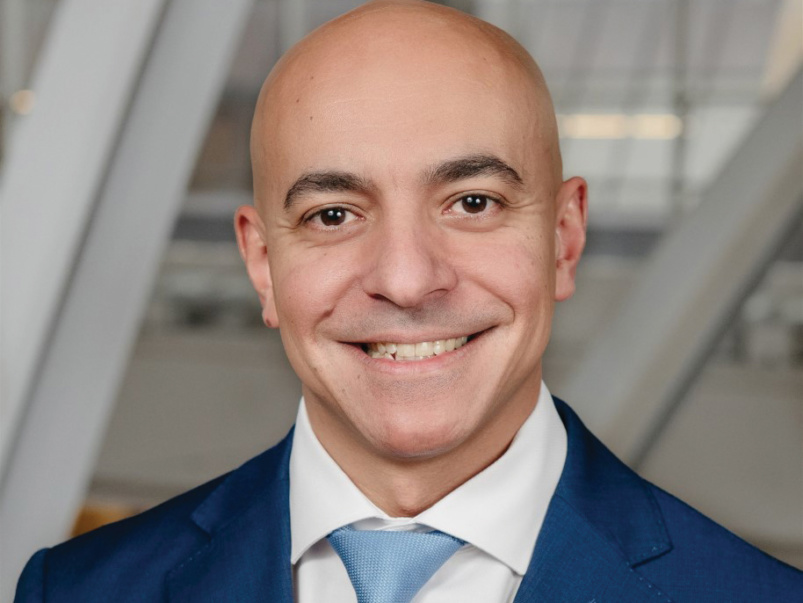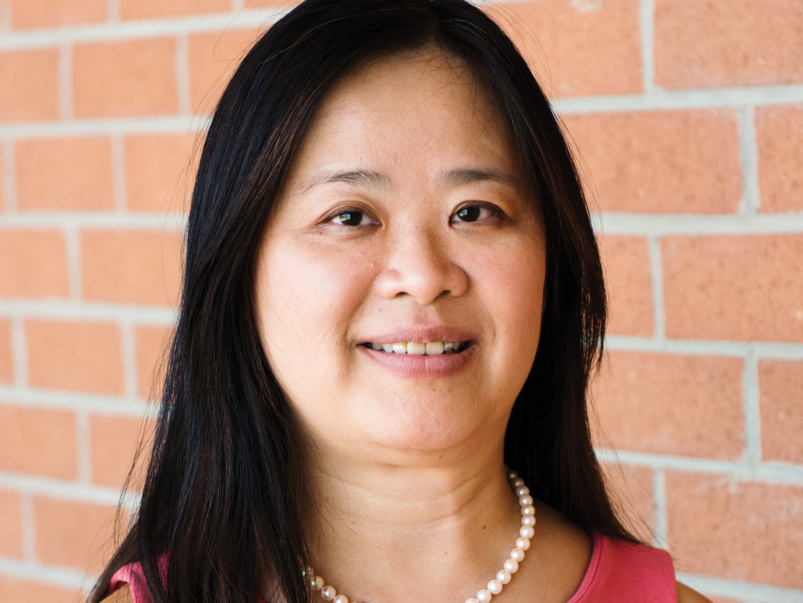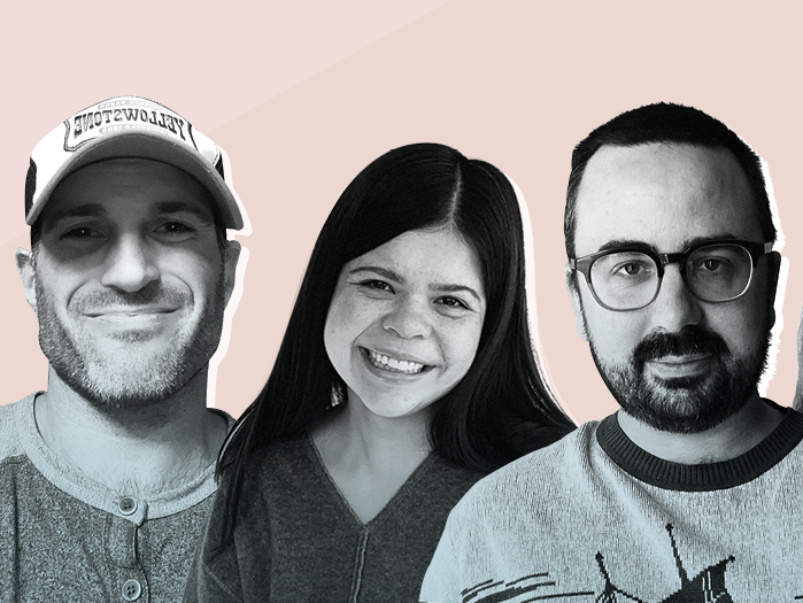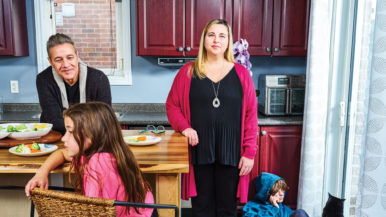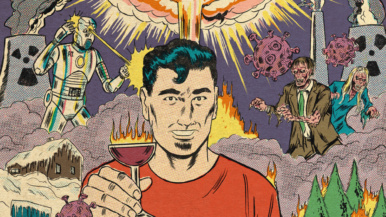The e-health revolution: Inside the new gig economy for health care workers
These doctors, therapists and social workers are supplementing their incomes with Uber-esque shift work

George Mastoras
The day job: ER doc at UHN
The side gig: Rocket Doctor, which connects patients with virtual doctor’s appointments
“I started with Rocket Doctor last summer. I liked that there was no commute and the schedule was flexible. It’s like Uber: when you want to drive, they pair you with someone who needs a ride.
“I’ve seen a few ticking time bombs. One diabetic gentleman had a gangrenous toe. I took one look at it on video and knew it needed to come off. I had another patient who thought he had heartburn. It turned out to be a small heart attack. If we’d left him at home, he probably would’ve had a massive one. I sent both patients to hospital.
“I’ve realized virtual medicine is very much in my wheelhouse. I see a huge range of issues. I can work the shifts into my schedule. And patients can do the same, from the comfort of their homes, with their cats on their laps.”

Tiffany D’Souza
The day job: social worker at CAMH
The side gig: Inkblot, an on-demand therapy app
“When the pandemic started, I was looking for an online therapy platform that was simple and easy to use. Inkblot matches clients with suitable therapists, and sessions usually range from $70 to $80 an hour. Before a session, I’ll send handouts that serve as outlines. Some clients only need three or four sessions; others are looking for longer-term support.
“Sometimes, clients feel awkward if a family member enters the room. I’m like: ‘That’s cool!’ Worlds collide, things happen. But the clients are usually still able to open up and be vulnerable.
“Virtual therapy is on the rise because it’s so accessible and affordable. My first Inkblot client found it super beneficial. We went deep in that initial session. The screen wasn’t a barrier—it was like he was sitting right there in front of me.”

James Rassos
The day job: internal medicine specialist at St. Mike’s
The side gig: LinkedHealth, a website that offers virtual specialist appointments
“I’m an academic physician, which means I only see patients around 30 weeks of the year at my day job. I take on five to to 10 patients a month through LinkedHealth. I tend to book the clinics during the weeks when I’m doing research or admin.
“Virtual care is here to stay. It can provide faster care for patients with chronic symptoms. I had one patient referred for weight loss and anemia. I ordered a CT and found out he had stomach cancer. I helped diagnose his symptoms fast enough for him to get the necessary care.
“The patient population is very, very different on LinkedHealth. There are a lot more young people who grew up with tech, so it’s natural for them to seek care through their phone. It’s fun to work with patients who are closer to my age.”

Michelle Ortiz
The day job: social worker at a hospital
The side gig: MindBeacon, a cognitive behaviour therapy app
“Last year, I noticed a lot of therapists looking for virtual opportunities to boost their income. I joined MindBeacon’s therapist-guided program, where therapists assess clients and create personalized CBT programs for them to do on their own time.
“I work on MindBeacon for a few hours in the evenings or during my lunch—usually about 10 hours a week. The program is asynchronous, so I can work on it whenever I want as long as I respond to clients within two business days. Right now I have 20 clients.
“I help clients identify negative thoughts and core beliefs and come up with strategies to challenge them. For people with anxiety, we do exposure therapy, breaking down anxiety-inducing situations into gradual steps so they can build a tolerance for those scenarios.”

Soledad Silencieux
The day job: speech language pathologist at Michael Garron Hospital
The side gig: a private speech-language pathology agency
“At the start of the pandemic, daycares closed and I had to stay home to care for my two-year-old son. I took a leave of absence from my job at Michael Garron and went on CERB. That’s when I began to consider virtual care.
“I already had a relationship with a private practice, and I let them know I was available to take on clients. At first, I had two. I scheduled sessions during my son’s naps and after bedtime. By my third month, I was earning about a quarter of my usual income. When I went back to work in July, I was able to move all my agency sessions to the evening.
“Now I have five clients and work with them for about 15 hours a week. It’s great: I can see a client from Markham at 8 p.m. and a client from Orillia at 8:30 p.m. I have more time for myself.”


